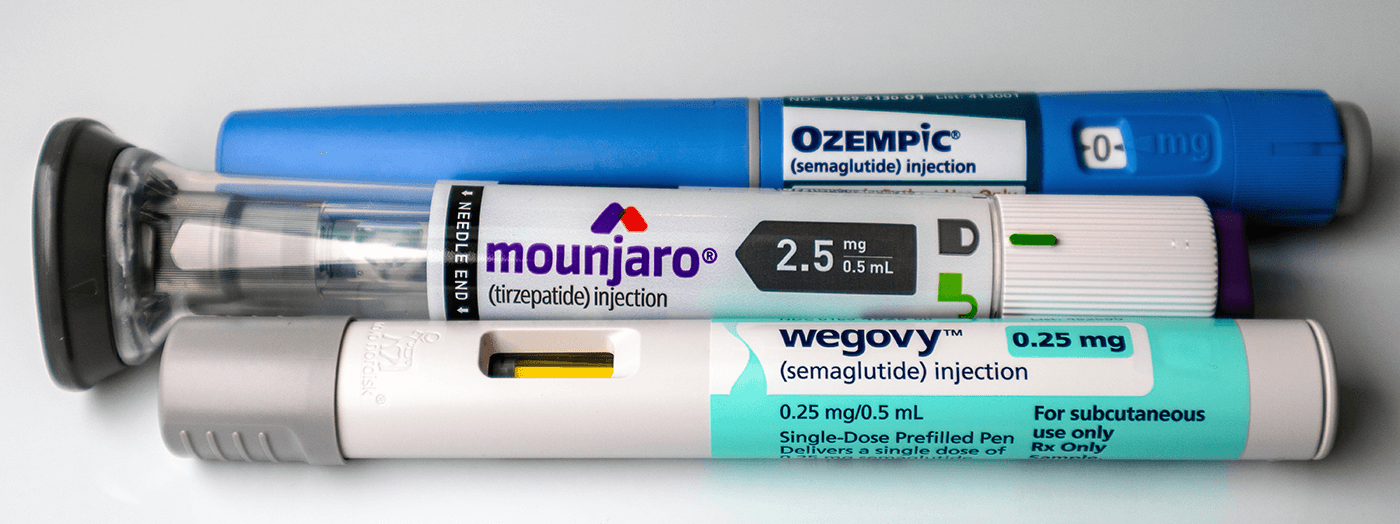It can also result from inherited disorders like sickle cell anaemia, chronic inflammation, blood loss from gastrointestinal bleeding or menstruation, autoimmune diseases, HIV/AIDS, pregnancy, etc.
In this article, we will learn about what causes anaemia, how it may lead to shortness of breath, and treatment options available in its management.
We'll start with understanding why your body needs iron and then move on to specific details regarding our topic of interest. So let's begin!
What Causes Iron Deficiency?
Your red blood cells contain haemoglobin, which carries oxygen within them while they travel through your bloodstream throughout your entire body. Haemoglobin contains iron atoms that give it its characteristic colour -- without these iron atoms, haemoglobin would appear grey instead of bright red.
When you have too few healthy red blood cells circulating through your body, your blood isn't able to carry enough oxygen around efficiently enough, resulting in symptoms like fatigue and dizziness. This condition is called anaemia.
The underlying cause of anaemia varies widely, ranging from nutritional deficiencies, infections, exposure to toxins, autoimmune conditions, genetic defects, and even some types of cancers.
In order to understand when iron plays into all of this, however, first, we need to know more about how iron works.
When your body absorbs any type of nutrient, it must be transported across several membranes before it reaches the right place where it can do something useful.
For example, if you swallow protein, it has to cross the stomach lining and small intestine membrane barrier before entering the bloodstream.
Once inside the bloodstream, nutrients like carbohydrates and fats pass easily through capillaries because their molecules are tiny compared to those of proteins. However, proteins don't fit neatly into the narrow spaces between your red blood cells, so they have to squeeze past each one individually.
It's just not possible for large molecules to get there quickly enough; therefore, they end up stuck in places far away from wherever you want them to go.
Proteins only make up a very small percentage of your total daily calories. Therefore, although essential, only 1% of the iron contained in food actually gets absorbed into the bloodstream.
Because of this, people often think that dietary intake alone can provide sufficient amounts of iron for proper functioning. Unfortunately, this thinking is incorrect. Your diet does play a role in providing adequate levels of iron, but you should still supplement your diet with extra iron pills if necessary.
How Is Iron-Deficient Blood Different From Normal Red Cells?
Normal red blood cells are disc-shaped, whereas anaemic erythrocytes look spherical. Also, normal red cells are shaped to maximize surface area - allowing for maximum transfer of gases via diffusion. They're flexible enough to slide over each other smoothly, yet strong enough to withstand compression.
On the contrary, anaemic erythrocytes lack flexibility; their shapes become rigid after being damaged or stressed. Their surfaces are no longer smooth, nor do they allow efficient gas exchange. They've lost their ability to change shape and size, making them unable to adapt to varying environments.
A person who suffers from severe anaemia might suffer from low energy, paleness, cold hands and feet, headaches, poor concentration, weakness, memory problems, and premature ageing. These effects occur due to the reduced production of new red blood cells.
As a result, fewer healthy red blood cells enter your circulation, leading to insufficient oxygen delivery to various parts of your body.
To compensate for this problem, your heart increases stroke volume, causing the high output of both regular and stress hormones such as adrenaline. All of these changes increase the workload placed upon the left ventricle of your heart, eventually affecting its structure and function.
Tests to Diagnosis Iron Deficiency
To diagnose an iron deficiency, doctors usually use simple tests that measure the characteristics of your blood. One way to assess whether you have an iron deficiency is by determining your serum ferritin level.
Ferritin is a substance made mostly by liver cells, which stores excess iron at times when it won't be needed immediately. High levels of ferritin indicate increased storage of iron. Low levels suggest that your body doesn't require as much iron now.
Other ways to test include complete blood count (CBC) and reticulocyte count, two methods used primarily for evaluating white blood counts.
Reticulocytes are immature forms of white blood cells, and their number decreases significantly during infection. If your reticulocyte count drops below 4 percent, it suggests that you could be suffering from iron deficiency.
Another method involves measuring hematocrit levels, the proportion of red blood cells out of all blood components. Typically, a drop in hematocrit indicates iron deficiency.
Finally, another important indicator of iron deficiency is the transferrin receptor (Fe T3), which measures the amount of unbound transferrin receptors found on the surface of RBCs.
Transferrin binds to iron in the bloodstream once it leaves the basolateral plasma membrane of intestinal epithelial cells.
Iron-Supplementing Medications
If none of these methods detects the presence of iron deficiency, a doctor may prescribe supplemental tablets containing iron salts. While oral supplements are effective, they shouldn't replace eating foods rich in iron.
You should eat plenty of vegetables, especially green leafy ones since they contain ample amounts of vitamins and minerals that help absorb iron properly. Vegetables are also good sources of fibre, which helps keep iron absorption rates down.
Meat and poultry products aren't great sources of iron either unless you consume organ meats such as liver and kidneys, as well as animal meat marinated in pickling spices. Vitamin C prevents the oxidation of iron, helping it retain its healthful properties.
Although fruits and berries are excellent natural sources of antioxidants, they tend to inhibit iron bioavailability. Watermelon, pomegranates, blueberries, tomatoes, dates, etc are all excellent choices of foods for absorbing iron.
Preventative Measures for Iron Deficiency
There are a couple of things you can try to prevent yourself from developing iron deficiency.
First off, take care to ensure that your diet includes a balanced mix of different colours of plant-based proteins, complex carbs, and fat.
Make sure that you include lots of darkly coloured veggies, as well as whole grains, nuts, seeds, beans, and legumes. Avoid consuming processed dairy products, refined sugars, alcohol, caffeine, sodas, and junk foods.
Try substituting healthier alternatives to unhealthy snacks, like pretzels, chips, cookies, etc., with fresh fruit, raw vegetable sticks, unsalted popcorn, etc.
Lastly, avoid taking nonsteroidal anti-inflammatory drugs (NSAIDs). NSAIDs usage results in an inadequate supply of iron to muscles, tissues, organs, and bones.




